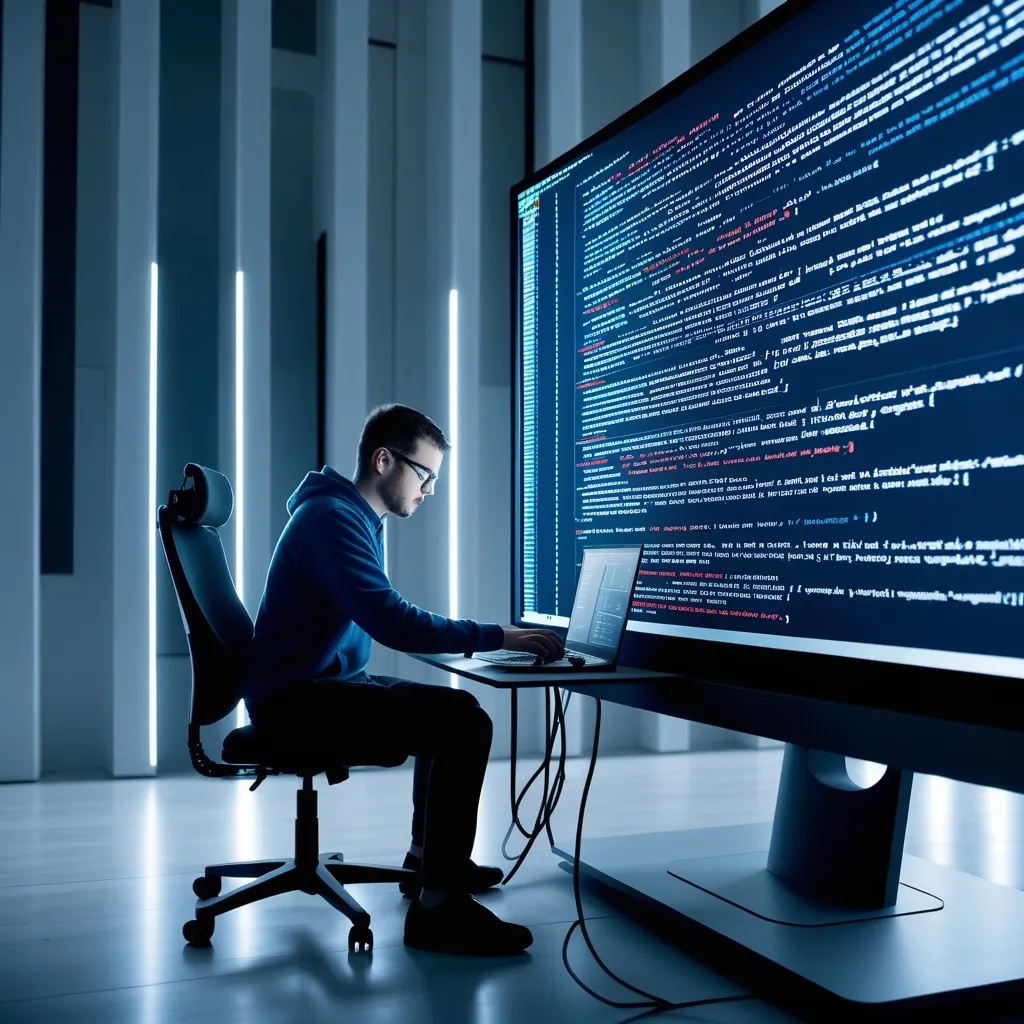Building and maintaining APIs can be quite the adventure, especially when it comes to ensuring that new updates don’t end up wrecking the harmony for current users. One of the key tactics to keep things smooth is API versioning. When done right, API versioning helps in making sure that changes don’t break existing integrations. Let’s dive into how to set up API versioning using FastAPI, which is a sleek, high-performance web framework for Python.
Why Bother with API Versioning?
Ok, so we have this API, and as our application grows, so does the API. Old endpoints get upgraded, new ones get added, and sometimes we just need to retire the oldies. Now imagine numerous clients relying on your API. Updating without a strategy could be catastrophic—broken integrations and unsatisfied users are not fun to deal with!
API versioning to the rescue! It lets developers tweak or overhaul their APIs without major disruptions. It also ensures clarity and simplicity in the API structure, making it a breeze for developers to grasp and work with.
Different Strokes for Different Folks
There isn’t a one-size-fits-all approach to API versioning, but luckily, FastAPI offers several ways to get the job done. Each method comes with its pros and cons, and your choice will hinge on your specific needs and preferences. Let’s check out some common approaches:
URI Versioning
The go-to method for many is embedding the version number right in the URI. It’s straightforward and easy to implement, though sometimes it can make URIs a little messy. Here’s a quick example:
from fastapi import FastAPI
app = FastAPI()
@app.get("/v1/items/")
async def get_items_v1():
return {"items": ["item1", "item2"]}
@app.get("/v2/items/")
async def get_items_v2():
return {"items": ["item3", "item4"]}
Adding the version number (v1 or v2) to the endpoint path makes it super clear which version is being called.
Query Parameter Versioning
Another neat method is using query parameters for versioning. This keeps your URLs tidy but requires handling the version within the endpoint function. This is how you do it:
from fastapi import FastAPI
app = FastAPI()
@app.get("/items/")
async def get_items(version: int = 1):
if version == 1:
return {"items": ["item1", "item2"]}
elif version == 2:
return {"items": ["item3", "item4"]}
Here, the version is passed as a query parameter, allowing the endpoint function to decide which version’s code to run.
Header Versioning
For those who prefer their endpoints crisp and clean, you can specify the version using custom headers. It keeps the URL neat and doesn’t clutter the endpoint logic. Check this out:
from fastapi import FastAPI, Header
app = FastAPI()
@app.get("/items/")
async def get_items(version: int = Header(...)):
if version == 1:
return {"items": ["item1", "item2"]}
elif version == 2:
return {"items": ["item3", "item4"]}
Here, the version is passed via a custom header, allowing the endpoint to manage different versions without messing up the URI.
Path-based Versioning with URL Prefixes
Another approach involves using URL prefixes for specifying versions. It keeps the code organized and makes managing different versions a piece of cake.
from fastapi import FastAPI
app_v1 = FastAPI()
app_v2 = FastAPI()
@app_v1.get("/items/")
async def get_items_v1():
return {"items": ["item1", "item2"]}
@app_v2.get("/items/")
async def get_items_v2():
return {"items": ["item3", "item4"]}
app.mount("/v1", app_v1)
app.mount("/v2", app_v2)
Separate FastAPI applications are created for each version and are mounted under different URL prefixes. It doesn’t get more organized than that.
Keeping Things in Order
API versioning can get messy if the code isn’t well-organized. Structuring your project into versions, where each version has its own set of routers and endpoints, is a commonly recommended approach.
from fastapi import FastAPI
from app.v1.main import router as v1_router
from app.v2.main import router as v2_router
app = FastAPI()
app.include_router(v1_router, prefix="/v1")
app.include_router(v2_router, prefix="/v2")
Import routers for each version and include them in the main FastAPI application with the necessary prefixes to keep everything tidy and manageable.
The Importance of Documentation and Communication
Proper documentation and communication are as critical as the code itself. Clearly documenting your versioning strategy and making sure API consumers understand how to use different versions is crucial. This ensures a smooth sailing when transitioning between different API versions.
A Fully Versioned API Example
Let’s put it all together with an example. Using the URI versioning tactic, here’s how a fully versioned API might look:
from fastapi import FastAPI
app = FastAPI()
# Version 1
@app.get("/v1/items/")
async def get_items_v1():
return {"items": ["item1", "item2"]}
@app.get("/v1/users/")
async def get_users_v1():
return {"users": ["user1", "user2"]}
# Version 2
@app.get("/v2/items/")
async def get_items_v2():
return {"items": ["item3", "item4"]}
@app.get("/v2/users/")
async def get_users_v2():
return {"users": ["user3", "user4"]}
Both V1 and V2 versions have their respective endpoints, with the version number appended to the URI.
Wrapping It Up
API versioning can seem daunting, but it’s a crucial aspect of building APIs that stand the test of time. It helps maintain backward compatibility and ensures the API evolves without causing disruptions. FastAPI offers several ways to implement versioning, each suited to different needs. Choose the right method and organize your code well to keep the API user-friendly for developers. Good documentation and clear communication are key to making the transition between versions as smooth as possible.
Setting up versioning correctly helps in maintaining a seamless workflow, making API updates and iterations a much less scary prospect. After all, a robust API today ensures happy clients tomorrow!






